 The Via Francigena (fran-CHEE-jee-nah) is a pilgrimage route from the Middle Ages that starts in England and crosses France and Switzerland before entering Italy at the Gran San Bernardo Pass.
The Via Francigena (fran-CHEE-jee-nah) is a pilgrimage route from the Middle Ages that starts in England and crosses France and Switzerland before entering Italy at the Gran San Bernardo Pass.
Less known than the Spanish pilgrimage route, the Via Francigena was revived in the 1990s and is becoming more traversed each year.
In the first week of my trek on the Via Francigena, I crossed the Apennines, leaving the region of Emilia-Romagna and entering Tuscany. The bulk of my time was in the regions of Tuscany and Lazio. In these regions the route passes through prominent towns such as San Gimignano, Siena, Viterbo, and ends in the world-renowned city of Rome. However, I saw along the route that even the small places in Italy, that are not well known, are replete with sites of historic interest.
Here are four small places in Italy, found along the Via Francigena, that are perhaps less familiar to tourists, and that contain historic sites worth discovering.
Pontremoli
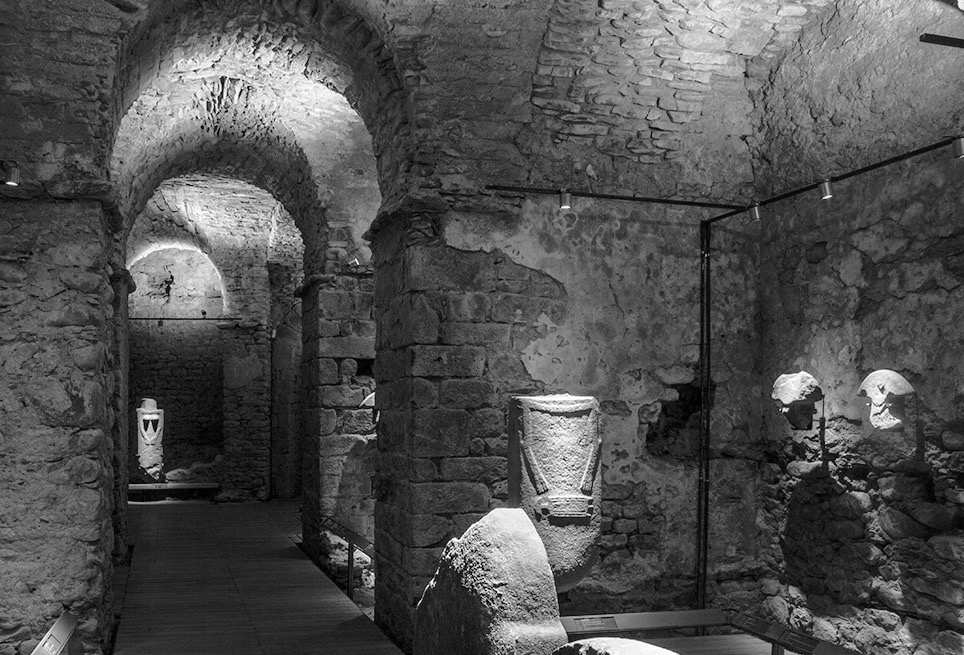
The northern Tuscan town of Pontremoli sits the base of the Apennines on the Magra River. Pontremoli’s castle, Castello di Piagnaro, was an important defense of the Via Francigena in the Middle Ages, and now it houses a museum with mysterious cargo: the Stele Statues.
The stele are stone images found in the region, dating mostly from the bronze age. These highly unusual male and female figures from an unknown civilization appear almost like aliens with their geometric shapes. They are 8 to 15 inches high, with bodies of rectangular slabs with a head, and usually arms are represented. They were found in burial areas and remain an enigma from the dawn of time.
The museum was recently renovated and re-opened in 2015 providing a large and more attractive space for these evocative statues. Climb on the ramparts after visiting the museum for good views of the town. Pontremoli itself is an attractive medieval town and a gateway to exploring this lesser-known area of Tuscany.
Bagno Vignoni
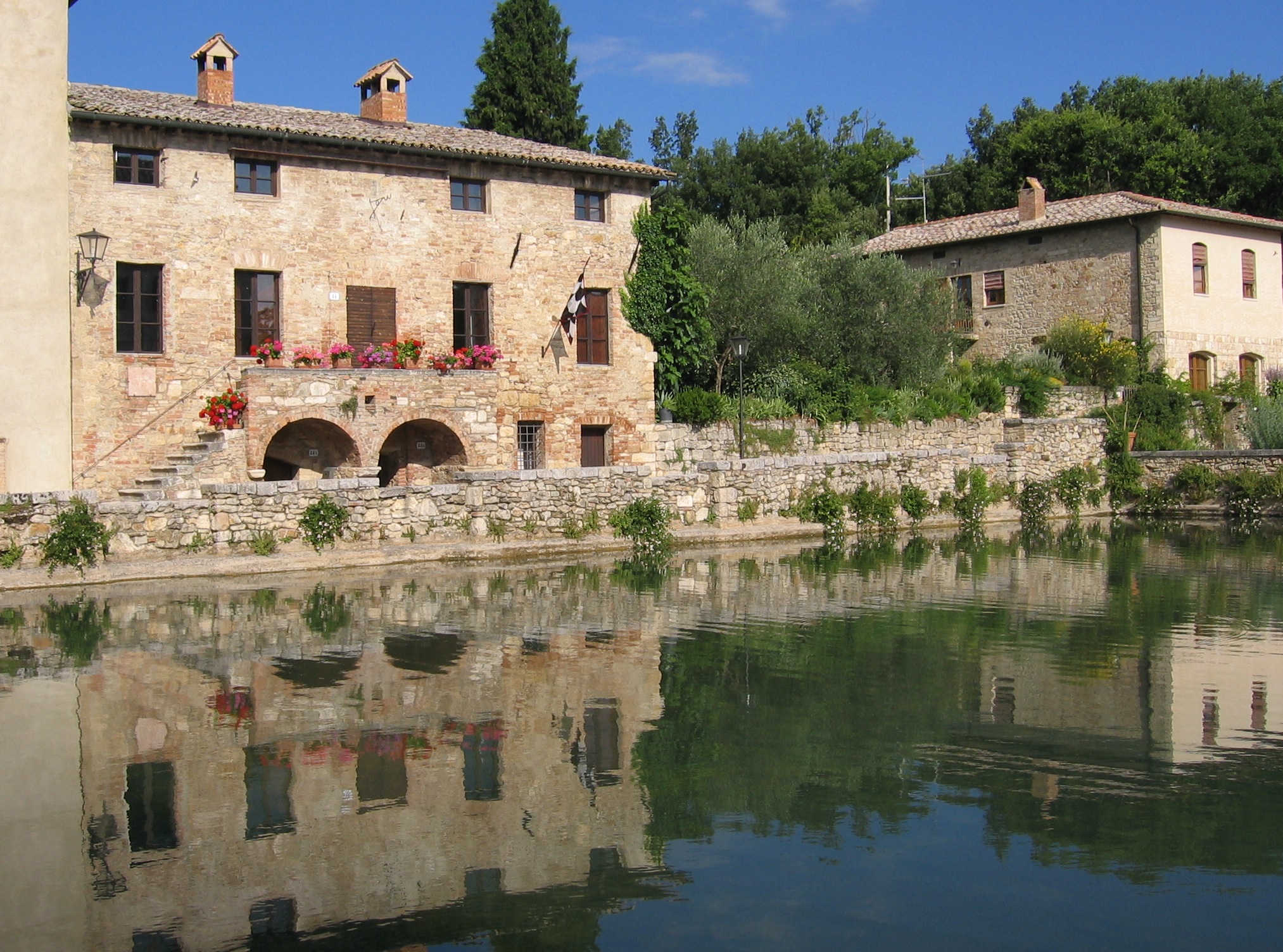
There are no other places in Italy that make this claim: In Bagno Vignoni, (southern Tuscany) the main piazza is a pool of steamy water.
The Etruscans may have known of the thermal waters at Bagno Vignoni, but was the Romans—great connoisseurs of hot springs—who developed this as a spa town. When the Western Roman Empire fell apart, Bagno Vignoni fell with it, but the town perked up again when pilgrims began to come through on Via Francigena, stopping to rest in the hot, healing water.
By the Renaissance, the Medici had constructed a large pool at the center of the town where the thermal waters bubbled up. Lorenzo de’ Medici visited Bagno Vignoni frequently, attempting to cure his gout.
The rectangle of water in place of a piazza makes for an evocative sight in winter when the hot steam rising from it contrasts with the cold air. It equally appeals in summer when the homes around the water are bright with flower boxes and warm sunny stone.
In the Bagno Vignoni of today, visitors can find spa-resorts for relaxing in the thermal waters, but let’s not forget those pilgrims of the Middle Ages who restored their aches here and brought the town to life again.
Bolsena
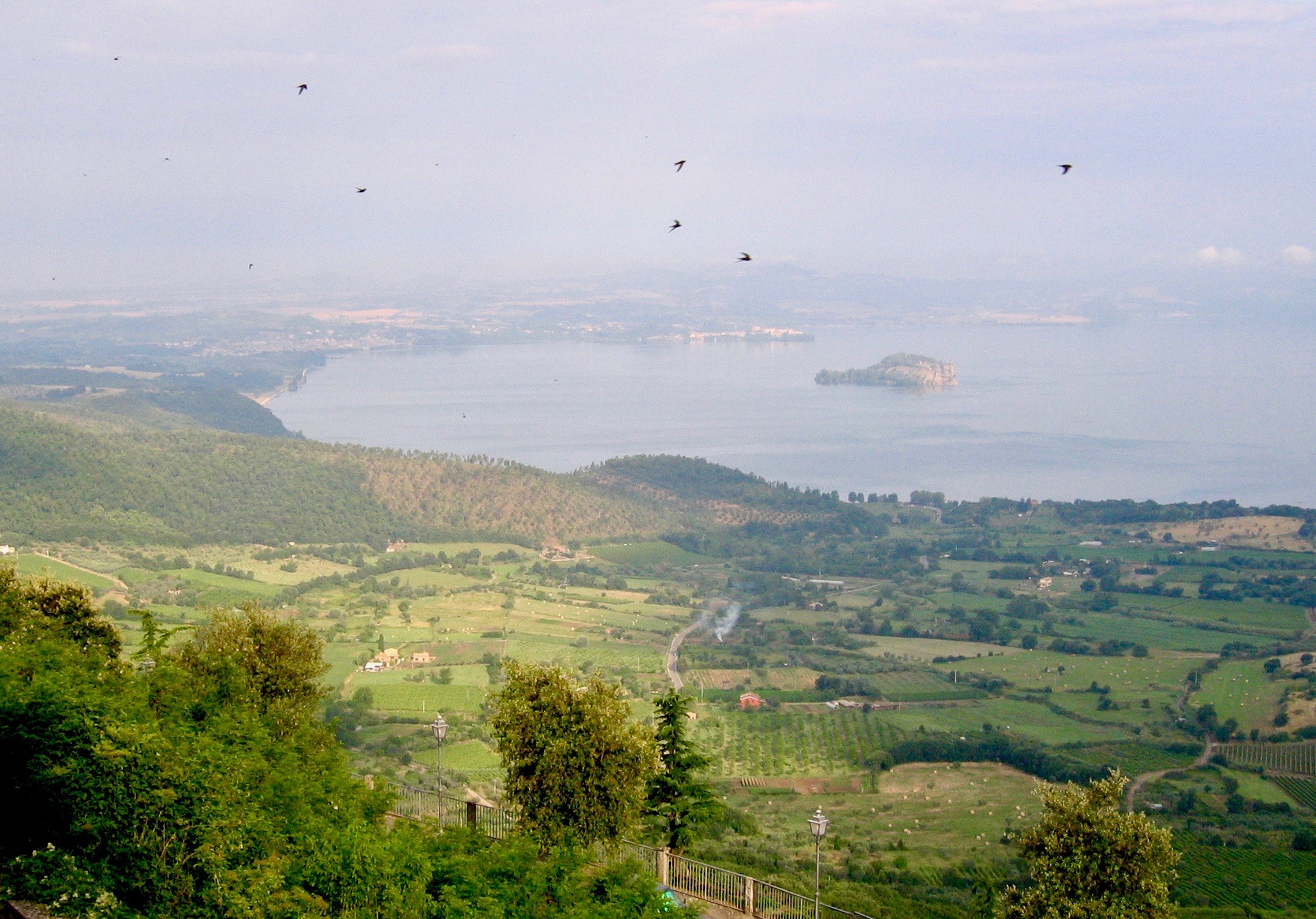
In the region of Lazio, near the shores of Lake Bolsena, is the charming town of Bolsena. Here the lovely and ancient Church of Santa Cristina is noted for miracles.
In a grotto in the oldest part of this church the Eucharistic Miracle of 1263 is said to have taken place. This story tells of a medieval priest who walked the Via Francigena and struggled with his faith. He stopped in Bolsena to pray at Saint Cristina’s tomb. As he prayed, blood flowed from the host, a miracle that caused Bolsena to become an important place of pilgrimage in its own right, in addition to being on the Via Francigena.
The church is named for another miracle—for a girl called Cristina who lived in the third century AD, who converted to Christianity at age 12 and was then persecuted for it. She survived being tied to an iron wheel with a fire beneath it and then survived being thrown into Lake Bolsena with a stone around her neck. The altar in the grotto displays, apparently, that same stone.
The church is actually composed of three churches each from a different era. Underneath it lie fascinating catacombs which can be visited for a four euro fee.
It’s worth seeking out Bolsena’s charms which are a world away from the typical tourist circuit.
Sutri
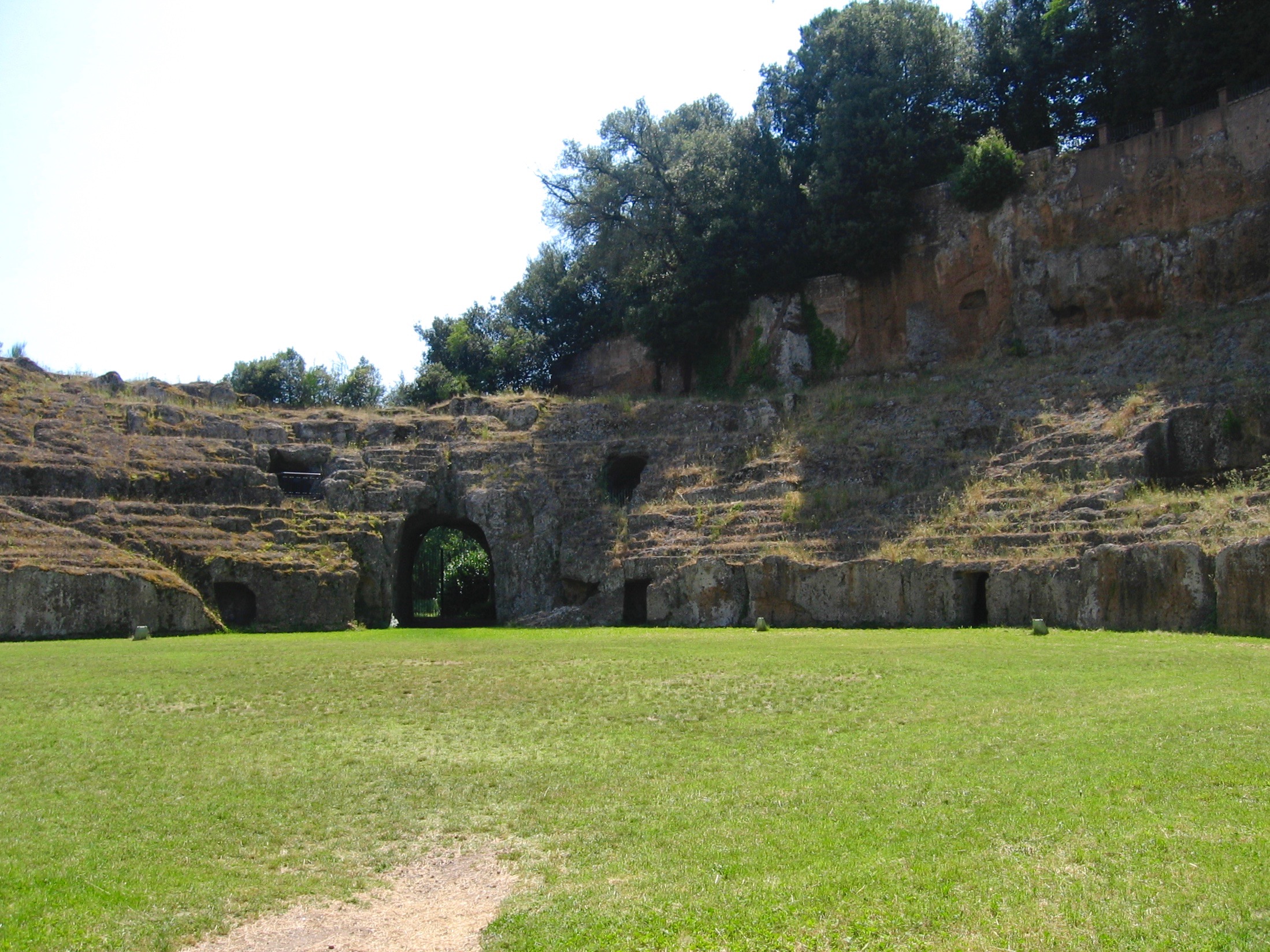
The town of Sutri in northern Lazio is built on a tufaceous cliff and was one of the last strongholds of the Etruscans—a pre-Roman civilization from which the Romans derived some of their cultural and artistic traditions.
In Sutri is an ancient amphitheater, older than the Coliseum in Rome. It could be a Roman creation but it may be Etruscan—perhaps the inspiration for the coliseums the Romans later built. Instead of constructed with stones, it was carved from the tufa rock cliffs. In addition to the amphitheater, there are sixty-four Etruscan tombs and a Mithraeum— a grotto-temple carved into the rock that once was dedicated to the god Mithras. By the Middle Ages it was converted to a church and it contains remarkable frescoes.
Sutri is one of those places in Italy that are removed from the crowds and where the pulse of the ancient Etruscans can be felt.
This post was originally published as an article in Wandering Educators
For information on the length of the Via Francigena and how to plan which parts to walk, see this post
For information on packing see this post
For a memoir about a woman walking the Via Francigena solo, check out my book!
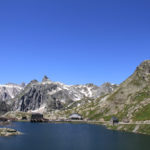

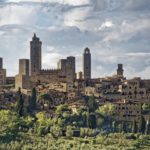
I’ve not heard of any of these places but they all sound worth exploring. I’m particularly intrigued by the Stele Statues. That’s such an atmospheric photograph.
Hi Kat,
Thanks for stopping by. I am kind of glad to hear you have not heard of these places as it makes me feel I was correct to suggest that they are relatively unknown. ????
Chandi- What a lovely route and such lovely places! You are right they aren’t the typical spots people think of traveling to in Italy but those are always my favorite places. Tuscany has changed into a region that basically exists to present itself to tourists now and its lost a lot of its charm (for me) except of course it still so beautiful. But I plan to head to Umbria and/or Le Marche (for second time) or Friulo and Alto-Adige over the next year and stay in small villages, search out hikes and get to know locals.
I love your pilgrimage idea though I can’t spare that much time myself anytime soon- I admire you!
Look forward to maybe meeting you in person when I’m in Italy
Thanks for the nice comment Brooke. The region of Friuli is one I barely know. I’d love to go there and hike and get way off the beaten path! Maybe I should join you there! Umbria is lovely but it’s not right for me (as far as where to settle) because it is land-locked and I adore the sea. I live a bit west of Lucca and I can get to the sea in 25 minutes. ????
Thank you for bringing my Mom’s home to be. My dream is to win the lotto????And someday go visit my family.
Hi Janet,
Which one of these is your mother’s home?